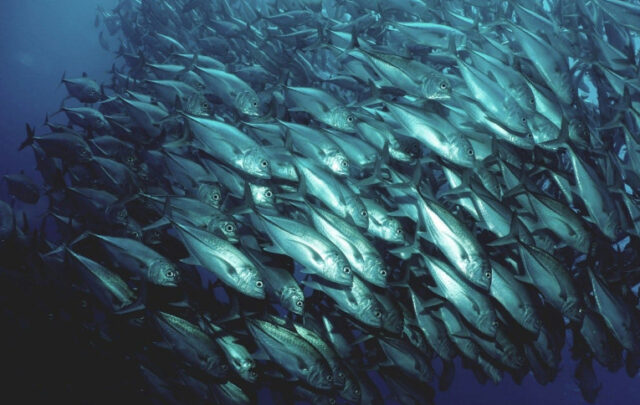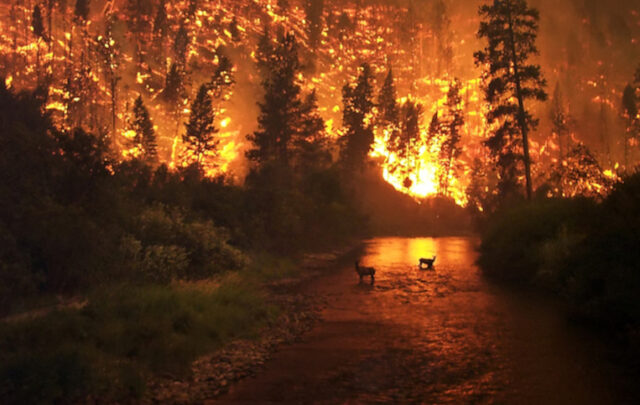Petróleos Mexicanos (Pemex) reduced by 60% their estimation of prospective resources in the waters of the Gulf of México, in an area called Deep Coatzacoalcos, located between Campeche and Tabasco.
Carlos Morales Gil, general director of Pemex Exploración y Producción (PEP) stated that the latest studies done in this oil province, in depths between 930 and 980 meters (2976 feet and 3136 feet), show that in this area of 10 thousand square kilometers (6 thousand square miles) there are prospective resources of 4 billion barrels of oil equivalent.
This new information settles up the calculations made in the middle of the last year, when then president of the republic, Vicente Fox, overestimated the amount of the prospective resources in this area, when he calculated them as 10 billion barrels of oil equivalent, based in Pemex’s prospections.
Notwithstanding, Carlos Morales advanced that in three weeks (March 18th) it would be possible to know the scale of reserves that can be in this zone.
During a tour in the Kaxan facilities, home of the Centre of Studies and Analysis of the Southeast Region, based in Ciudad del Carmen, Campeche, PEP’s director said that the works done in that zone have allowed more precise results of the different oil provinces.
Morales Gil pointed that 4 billions barrels of oil could be found in the 10 thousand square kilometers (6 thousand square miles) of deep waters explored by PEP in this area. “Right now we have a more exact knowledge about the area, the works in this centre have helped us to know it with a greater exactitude and precision, after operating here for a year”.
With a cutting edge technology that forms three-dimensional images like an scanner, the Pemex official explained the characteristics of this province, located 102 kilometers (170 miles) northwest of the city of Coatzacoalcos, where there have been drilled three wildcats.
He explained that since then there have been drilling at the Tabascoob, Lakach and Noxal 1 wildcats, the latter confirming of the existence of hydrocarbon in the area.
He revealed that the goal in the short and medium term is to drill other wildcats in places like Leek, Nen, Kuyah, Labay and Chelem, among others.
The official mentioned that the finding of 4 billion barrels of oil is a geological success, and in two months’ time we could know if this is an economic success.
He informed that for a deep water well to be economically successful, it must produce at least two hundred thousand barrels a day.
He considered that an important part of the future of exploration in the next 25 and 30 years in the Gulf of Mèxico will be in deep waters.





